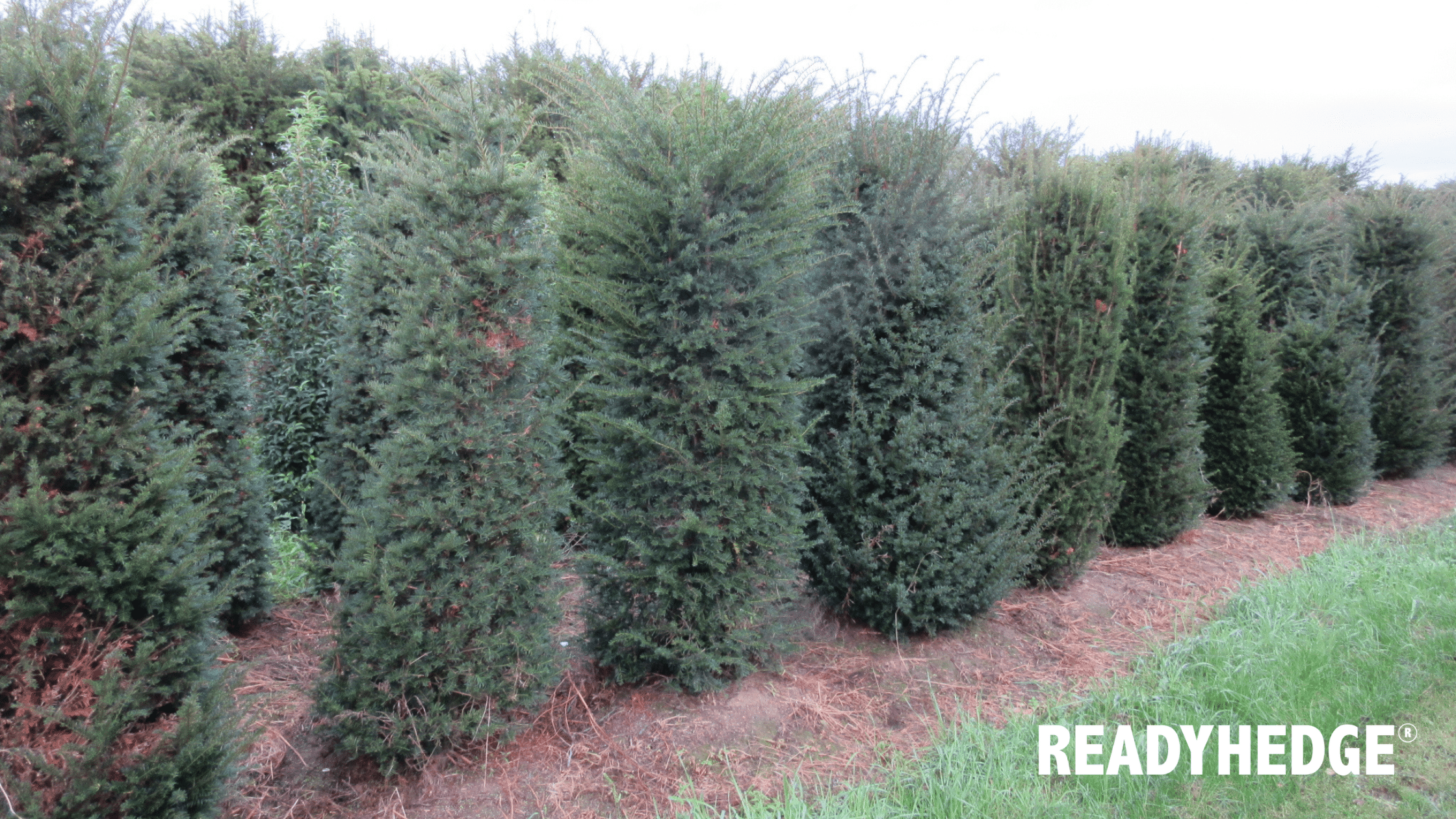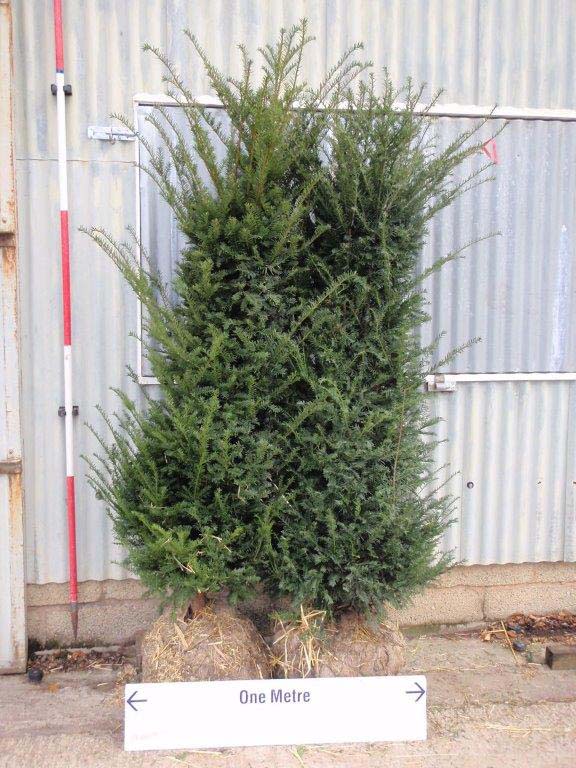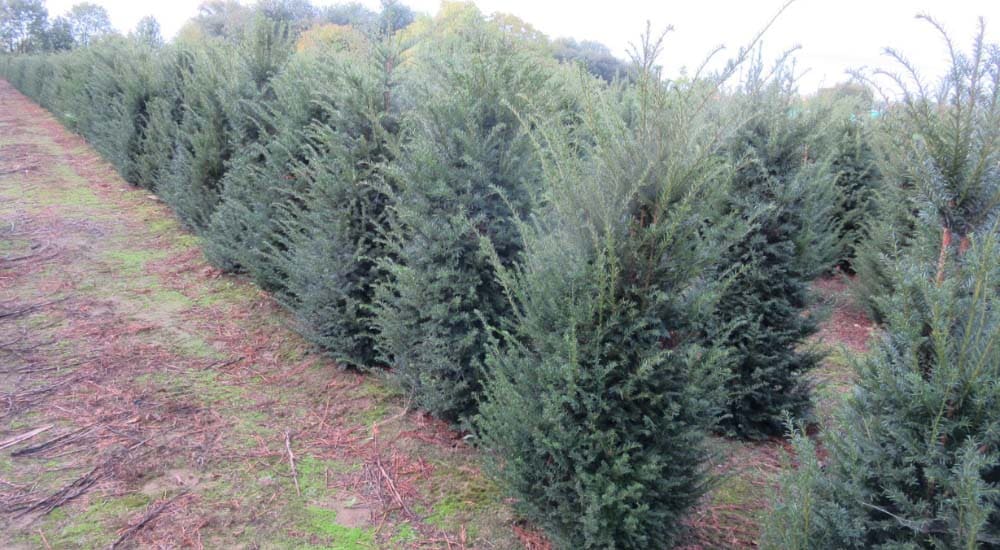Unveiling the Charm of Taxus Hedging in Your Garden
Discover the timeless elegance of Taxus hedging, commonly known as Yew, a distinguished choice for garden enthusiasts. This blog delves into what Taxus is, its benefits, diverse applications in various garden spaces, and essential planting and maintenance tips. Known for its dense, evergreen foliage, Taxus is a popular choice in landscape design, offering both aesthetic appeal and functional benefits.
Benefits of Taxus Hedging
1. Aesthetic Appeal: Taxus hedges offer lush, green backdrops year-round, enhancing garden and landscape aesthetics.
2. Privacy and Noise Reduction: Their dense foliage creates natural privacy screens and sound barriers, ideal for urban settings.
3. Environmental Benefits: Taxus hedges contribute to carbon sequestration and provide habitats for wildlife, these hedges attract a variety of birds and beneficial insects, promoting biodiversity and enriching the garden ecosystem.
4. Versatility in Design: Suitable for both formal and informal designs, they can also be sculpted into various shapes, catering for a multitude of landscape themes.
5. Durability and Low Maintenance: These hedges are resilient to various weather conditions and require minimal upkeep, making them a practical choice for gardeners of all skill levels. If taken care of to a high standard, these hedges could increase the monetary value of your garden.
Utilisation in Different Areas
Taxus hedges are versatile, fitting seamlessly into various garden designs. They’re perfect for creating boundary hedges, ornamental topiaries, or as foundational plants in mixed borders. In larger landscapes, they serve as windbreaks or privacy screens. Taxus hedges also find their place in smaller urban gardens, providing greenery and tranquillity amidst bustling cityscapes.
Planting and Maintenance
To ensure the success of your Taxus hedge, consider these tips:
• Planting: Choose well-drained soil and a suitable location with adequate sunlight.
• Watering: Regular watering is important, especially during dry spells.
• Trimming: trim 2 to 3 times per year to help maintain shape and encourages dense growth.
• Disease Management: Watch for signs of root rot or pest infestations and treat promptly.
Taxus hedging is more than just a garden feature; it’s an investment in beauty, privacy, and environmental health. Whether you’re creating a serene garden retreat or enhancing an urban area, Taxus hedges offer a blend of elegance and practicality. Embrace the versatility and benefits of Taxus in your garden for a lasting impact.
How to buy Taxus Hedging?
Taxus hedging can be bought at this time of the year (and up until the end of March) as Rootballed or Field Grown plants. Rootballed Taxus hedging involves transplanting Taxus, with a substantial soil ball encompassing its root system. This soil ball is then wrapped in a hessian bag which can then also have wire around it depending on the size of the ball. This traditional technique ensures minimal root disturbance, facilitating a smoother transition and healthier growth post transplantation. When planting the wire and hessian are left on the rootball, but are untied from around the stem of the plant, and they will rot away over the course of a couple of years.
The main advantage of buying taxus this way is that you can get bigger and bushier plants than you would from container grown plants.
Contact us today to see what we have to enhance your planting scheme.



